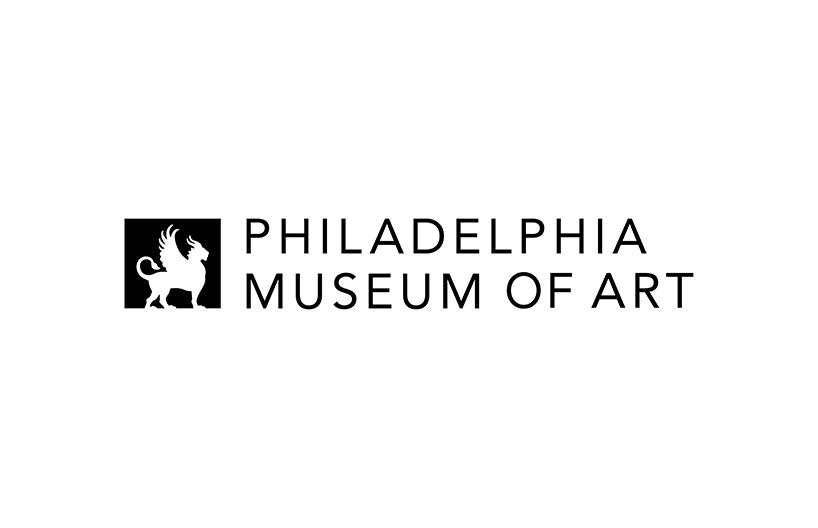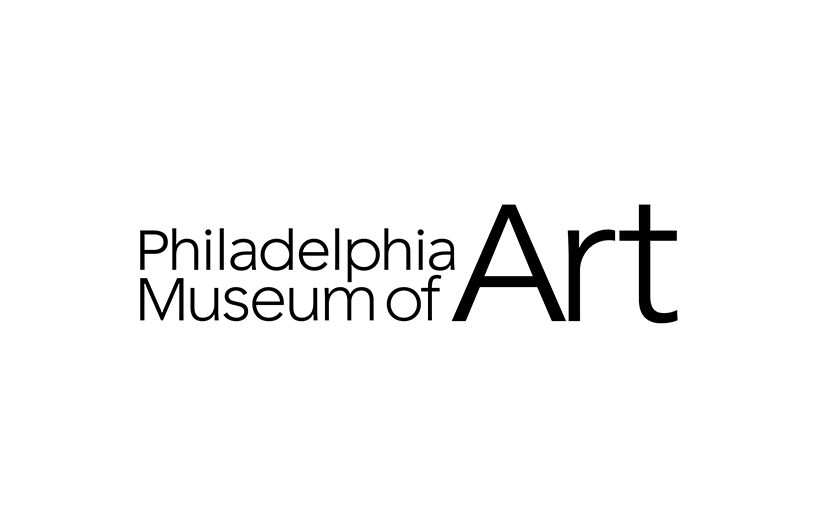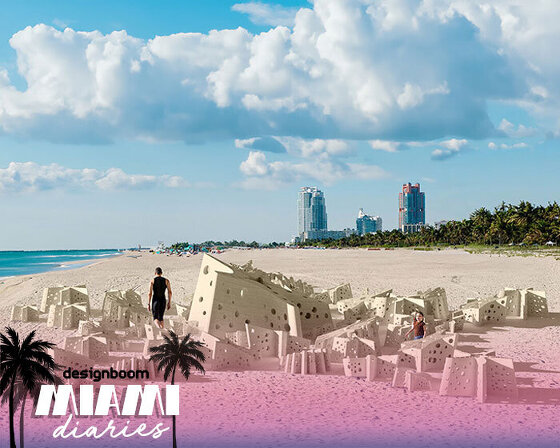KEEP UP WITH OUR DAILY AND WEEKLY NEWSLETTERS
outdoor subterranean oculi, called skyspaces, will frame the shifting hues of the sky to reveal phenomena rarely visible to the naked eye.
visionary director and artist david lynch has passed away on january 16th, 2025, at the age of 78.
connections: +110
the largest exhibition dedicated to the artist in france is now on view at the grand palais in paris, bringing together large-scale installations, sculptures, photographs, drawings, performance videos and archive documents.
from art and design fairs, to public art activations and museum exhibitions, explore all the highlights taking place from december 1st — 8th.




























